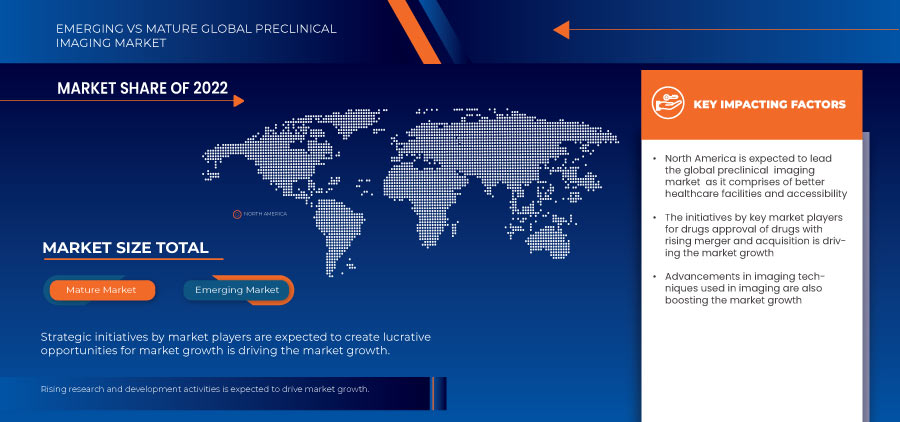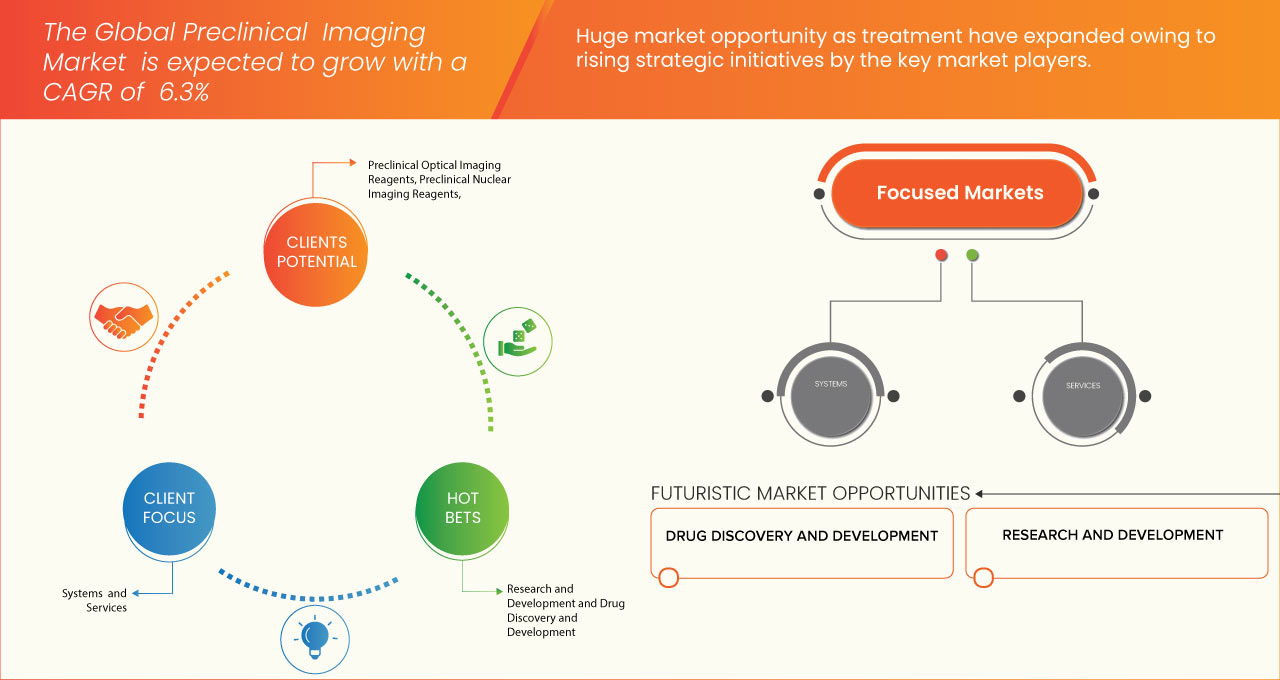
The Preclinical Imaging Market is entering a transformative phase, with forecasts predicting strong growth and groundbreaking innovations by 2032. Driven by rising demand, digital adoption, and evolving consumer needs, the industry is rapidly expanding across global markets. A recent report highlights key drivers such as increasing market share, advanced segmentation, and the growing influence of tech-enabled solutions.
Backed by tools like SWOT and PESTEL analysis, the study explores economic, regulatory, and technological forces shaping the market’s future. With platforms like NUCLEUS Connected Intelligence offering real-time insights and data-driven strategies, businesses and investors are better equipped to navigate challenges, seize new opportunities, and gain a competitive edge in this evolving landscape.
DataBridge Market Research has newly launched the NUCLEUS Platform, a Cloud-Connected Intelligence Platform that allows users to analyze and integrate macro and micro-level data seamlessly. This revolutionary tool bridges the gap between data analytics, market research, and strategy, providing businesses with a fully automated, Interactive Dashboard with Real Time Updates throughout the Year to drive profound growth and revenue impact.
What is the projected market size & growth rate of the Preclinical Imaging Market?
Market Analysis and Size
The global preclinical imaging market is the industry involved in providing imaging solutions and technologies for conducting research and experimentation on animals (usually rodents) in the preclinical stage of drug development and medical research. These imaging techniques are crucial for assessing the safety and efficacy of potential drug candidates and medical treatments before they advance to clinical trials involving human subjects. Preclinical imaging allows researchers and pharmaceutical companies to evaluate the effects of drug candidates on living organisms before moving to human trials. This helps in identifying potential issues, optimizing dosage regimens, and reducing the risk of adverse effects in later stages.


Data Bridge Market Research analyzes that the global preclinical imaging market is expected to reach the value of USD 3,299,734.83 thousand by 2030, at a CAGR of 6.3% during the forecast period.
This market report also covers pricing analysis and technological advancements in depth.
| Report Metric | Details |
|---|---|
| Forecast Period | 2023 to 2030 |
| Base Year | 2022 |
| Historic Years | 2021 (Customizable to 2015 - 2020) |
| Quantitative Units | Revenue in USD Thousand, Volumes in Units, and Pricing in USD |
| Segments Covered | Product (Systems and Services), Reagents (Preclinical Optical Imaging Reagents, Preclinical Nuclear Imaging Reagents, Preclinical MRI Contrast Agents, Preclinical Ultrasound Contrast Agents, and Preclinical CT Contrast Agents), Application (Research and Development, Drug Discovery, Bio-Distribution, Cancer Cell Detection, BioMarkers, and Others), End User (Contract Research Organization, Pharmaceutical & Biotech Companies, Academic & Government Research Institutes, Diagnostics Center, and Others) |
| Countries Covered | U.S., Canada, Mexico, U.K., Germany, Spain, France, Italy, Switzerland, Netherlands, Belgium, Turkey, Russia, Rest of Europe, China, Japan, Australia, South Korea, India, Singapore, Thailand, Malaysia, Indonesia, Philippines, Rest of Asia-Pacific, Brazil, Argentina, Rest of South America, South Africa, U.A.E., Israel, Saudi Arabia, Egypt, and Rest of Middle East and Africa |
| Market Players Covered | PerkinElmer Inc., FUJIFILM Visualsonics, Inc, Bruker, Hologic, Inc, Zeiss International, Agilent Technologies, Inc., Hamamatsu Photonics K.K., SOFIE, Cubresa Inc., Vieworks Co., Ltd., LI-COR, Inc., Aspect Imaging Ltd., Berthold Technologies GmbH & Co.KG, MILabs B.V, TriFoil Imaging, Mediso Ltd., IVIM Technology Inc., MR Solutions, Advanced Molecular Vision, Inc, AI4R, Photon etc, and KUB TECHNOLOGIES INC. |
Market Definition
Preclinical imaging is the use of various imaging techniques and technologies to visualize and study biological processes, diseases, and drug responses in animal models before they are tested in humans. It involves the non-invasive imaging of animals, typically rodents, such as mice and rats, to gain insights into the underlying mechanisms of diseases and to evaluate the efficacy and safety of potential therapies.
Browse Detailed TOC, Tables and Figures with Charts which is spread across 350 Pages that provides exclusive data, information, vital statistics, trends, and competitive landscape details in this niche sector.
This research report is the result of an extensive primary and secondary research effort into the Preclinical Imaging market. It provides a thorough overview of the market's current and future objectives, along with a competitive analysis of the industry, broken down by application, type and regional trends. It also provides a dashboard overview of the past and present performance of leading companies. A variety of methodologies and analyses are used in the research to ensure accurate and comprehensive information about the Preclinical Imaging Market.
Get a Sample PDF of Report - https://www.databridgemarketresearch.com/request-a-sample/?dbmr=global-preclinical-imaging-market
Which are the driving factors of the Preclinical Imaging market?
The driving factors of the Preclinical Imaging market include technological advancements that enhance product efficiency and user experience, increasing consumer demand driven by changing lifestyle preferences, and favorable government regulations and policies that support market growth. Additionally, rising investment in research and development and the expanding application scope of Preclinical Imaging across various industries further propel market expansion.